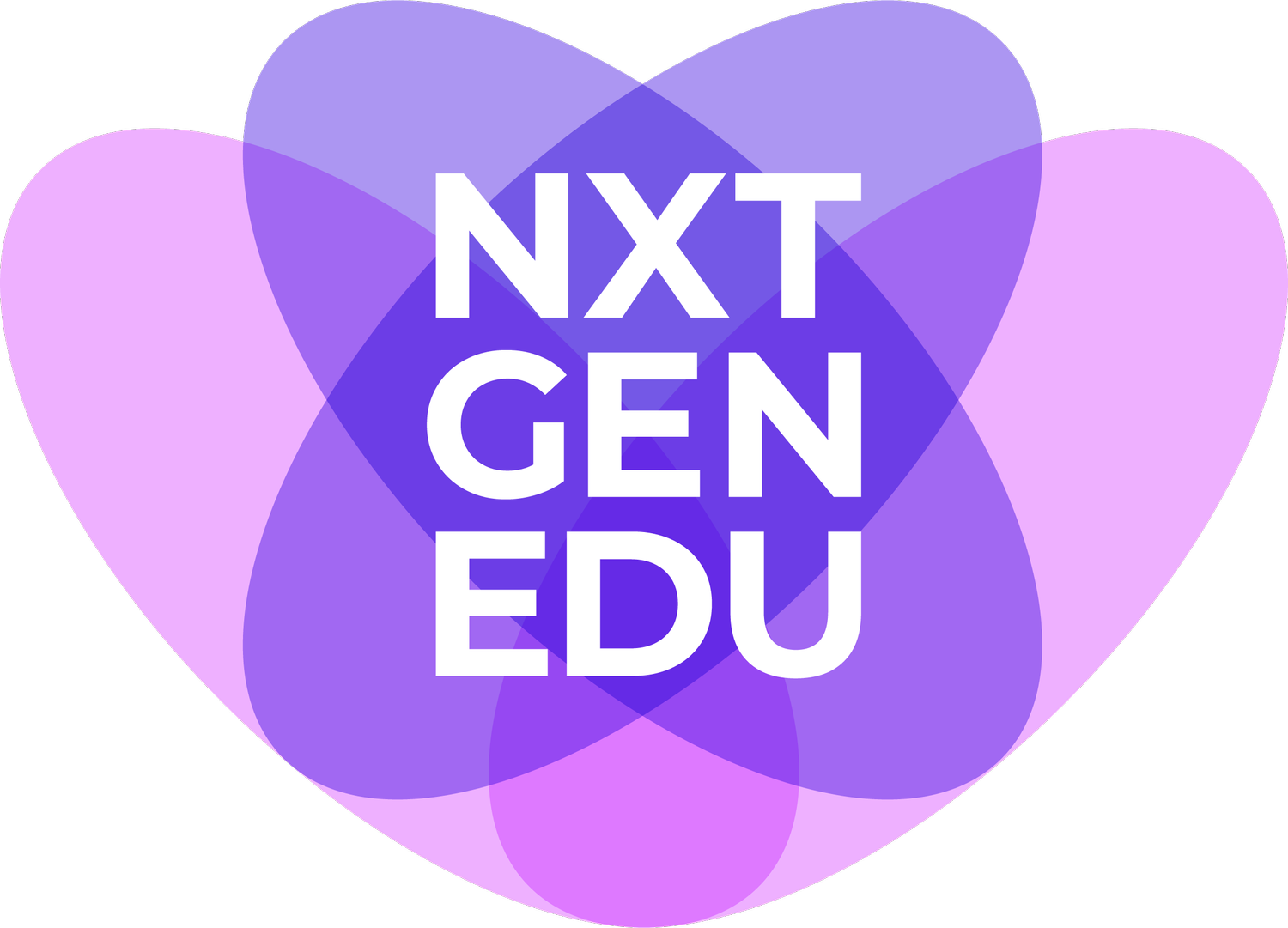Decomposing And Rearranging The Education Value Stack
As we have discussed in previous articles (HERE) or the TED Talk (HERE),the current educational system largely views students as commodities. Knowledge is "poured into them," similar to an industrial manufacturing process. The fundamental structure of the current education delivery model is outmoded. It is primarily driven by an economic concept from the last century based on scarcity of instructors and classrooms. This is no longer true. Also, the actual process of teaching occurs in a craftsman-like model which has not changed for hundreds of years.
Today, the current education system has evolved to a point where academics are only one of the services provided by current K-12 schools. It is helpful (and eye-opening) to examine the services provided by schools in more detail and pinpoint areas within the organization which could be optimized.
Conventional schools build a value stack which primarily consists of five layers:
Transportation Services: Bus service to school
Facilities Services: Building availability, security and access to educational tools
Cafeteria Services: Availability of food and integration with subsidized nutrition
Athletic Services: YMCA-like services
Academic Services: Staff of teachers who teach in a craftsman-like model
With the advent of the internet, the academic services have moved from the craftsman model to a deeper decomposition consisting of:
Instruction Creation: Typically, this is done with a team of specialists and the subject matter expert.
Assessment Creation: Automated systems for assessment and feedback
Delivery of Instruction/Assessment: Cloud-based internet infrastructure
Delivery of Laboratory Services: Virtual, local physical (e.g. kitchen) or mailed kit.
Delivery of Certification: Through a combination of teacher and automation
Delivery of High-Engagement Teaching: Virtual one-on-one connection
Delivery of High-Engagement Collaboration: Virtual blackboard approaches
An ideal reorientation of the value stack would involve two changes in governance:
Certification Independence: If certification is separated from the model of education, the two models can operate on an even playing field. As an example, the high school diploma would be awarded based on passing a series of tests and not so much focused on attendance.
Facilities Independence: Conventional schools integrate facilities and teaching. If these services were separated, all citizens of the locality would have access to them. Physical location, security, cafeteria services, and even athletic services would be available as individual components. Again, this would even the playing field for the disruptive model.
With these changes, highly-available, low-cost, competency-based education would be available to students without forgoing the benefits of the engagement models -- which are best done with a local physical presence.
